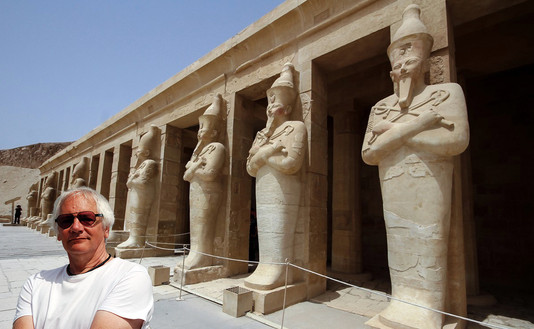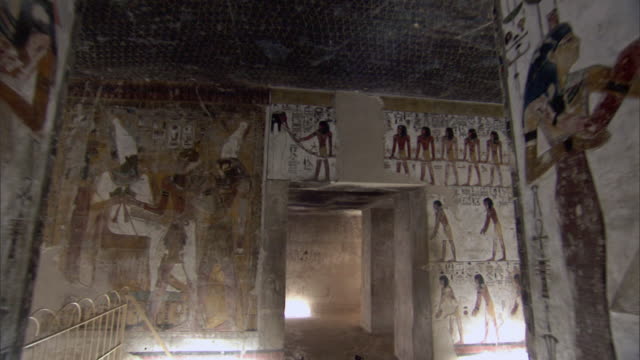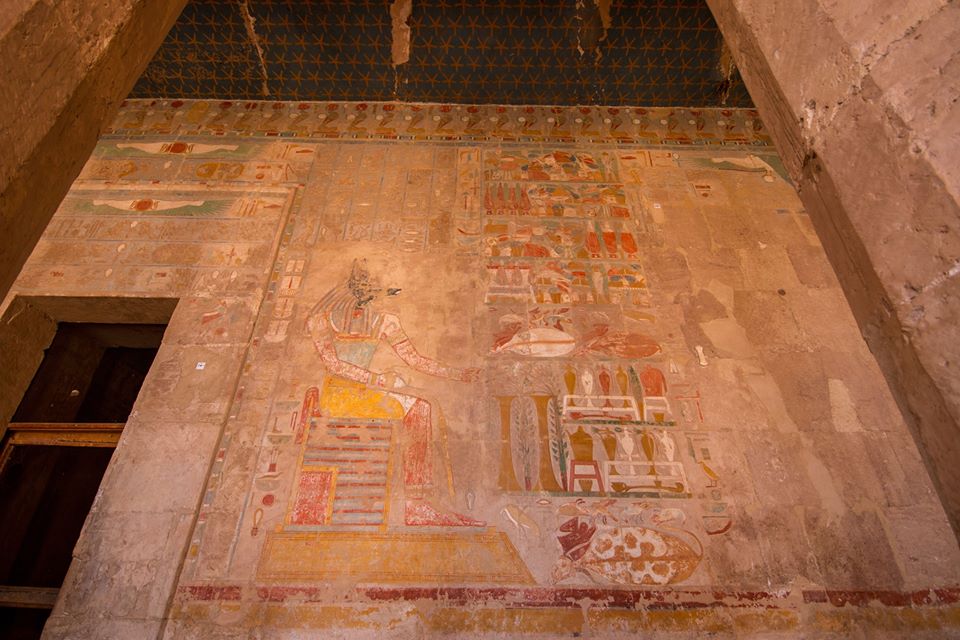Mortuary Temple of Hatshepsutat at Deir el-Bahari.
- Escapedatlast.com

- Sep 14, 2020
- 1 min read
Today we are going to see the Mortuary Temple of Hatshepsutat at Deir el-Bahari.
Hatshepsut came to the throne of Egypt in 1478 BC. Her rise to power was noteworthy as it required her to utilize her bloodline, education, and an understanding of religion to achive her goal. Her bloodline was impeccable as she was the daughter, sister, and wife of a king.
Hatshepsut was one of the most prolific builders in ancient Egypt. Following the tradition of most pharaohs, Hatshepsut had monuments constructed at the Temple of Karnac complex and an impressive Mortuary Temple at Deir el-Bahari.

When you first set eyes on this structure, it really takes your breath away. Queen Hatshepsut's mortuary temple at Deir el Bahri is one of the most remarkable architectural achievements of ancient Egypt. Set into the base of the cliffs of the west bank opposite Luxor, the monument is as impressive for its setting as it is for its strikingly 'modern' design.
An attempt has been made by following Pharoes to obliterate her name and reign from history. Ironically this has led to Hatshepsut being remembered, and her status as one of Egypts most sucsesfull Pharoes has been widley acknoledged.

Horus Falcon and I outside the Hatshepsut Temple, Deir el Bahri.
Whilst many later pharoahs built their own mortuary temples nearby, none have come close to matching Hatshepsut's vision and to me it remains one of the most unique monuments of the ancient world.
The beauty of the the wall decorations featuring Horus and Anubis.
Time to move on to yet another iconic location.This time a bit further south, and it has the initials A. S.



























Comments